An all-South Vietnamese ground offensive, Operation LAM SON 719 was launched with 17,000 ARVN
soldiers attacking 22,000 NVA inside Laos in an attempt to sever the Ho
Chi Minh trail. Aided by heavy U.S. artillery and air strikes, along
with American helicopter lifts, the ARVN troops advance to their
first objective but then stalled thus allowing the NVA time to bring in
massive troop reinforcements.
By battle's end, 40,000 NVA pursued 8,000 South Vietnamese
survivors back across the border. The South Vietnamese suffer 7,682
causalities, nearly half the original force. The U.S. suffered 215 kIA,
over 100 helicopters lost, and over 600 damaged while supporting the
offensive. NVA losses were estimated up to 20,000 as a result of the
intense American bombardment.
The operation was doomed from the beginning due to political restraints and puublic announcements as to the depth of the attack into Laotian territory. The NVA forces knew that the U.S. troops supporting their offensive would only be permitted to venture a set distance so they moved back beyond the U.S. limit and counter attacked at their convenience. The operation lasted from January through
April. |



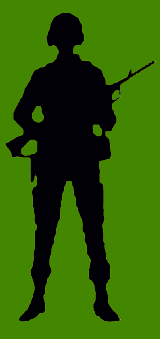



 CPT Cox
CPT Cox
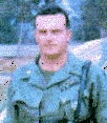 MAJ Burns
MAJ Burns
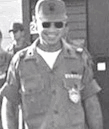 LTC Schmitz
LTC Schmitz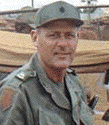 LTC Ackerman
LTC Ackerman
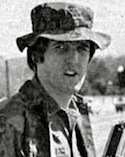 John F. Kerry VVAW National Spokesman
John F. Kerry VVAW National Spokesman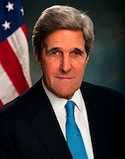 John F. Kerry Secretary of State
John F. Kerry Secretary of State